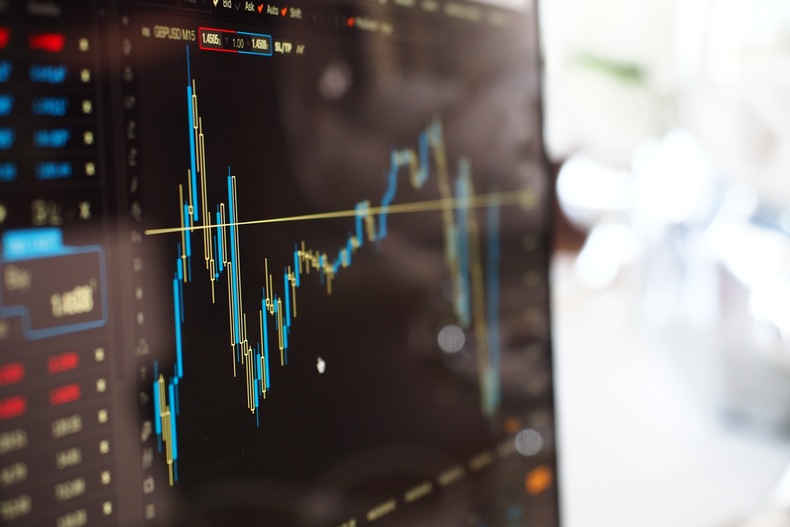What exactly is indices trading?
Index trading is a popular approach for investors to acquire exposure to financial markets without researching and investing in individual business stocks.
What are indices?
An index is usually constructed as a weighted average of the prices of its component companies. Any index specifies the requirements that a firm must satisfy to be included.
An index tries to represent the status of a broad industrial sector or a country’s stock market as a whole by tracking the performance of a big group of shares.
There are seven sorts of indexes in general: global, regional, national, exchange, industry, currency, and sentiment-based.
The Advantages of Trading Indices
Many individual investors, particularly those saving for retirement, like to trade indexes in their investment accounts.
Index trading provides investors with exposure to a diverse set of firms. Some corporate share prices decline over time, while others rise. Diversification smoothes out volatility extremes.
Each trading session, index values vary, but they do not lose or gain significant amounts until a substantial shift occurs, such as a market crash, geopolitical incident, or natural disaster.
Indices have a lesser risk than individual equities. You may lose your money if you invest in a company shares and the firm goes bankrupt. However, if a firm in an index goes bankrupt, it can be replaced by the next largest company outside the index. Depending on the size of the bankrupt firm and the performance of the remaining members, the index’s value may fall briefly or not at all.
On the other hand, index investment restricts the profits from a high-growth firm. Individual growth companies can outperform indices by big multiples, but they are riskier.
What are the top five stock market indexes in which to invest?
The, S&P 500, DIJA, Hang Seng, FTSE 100, and NASDAQ–100are the top five indexes by volume. But first, be sure about what are indices before starting to trade.
Industry weightings in the NASDAQ–100 Index
The NASDAQ–100 is a modified capitalisation-weighted index, which is weighted in favour of stocks having the largest valuation. The market capitalisation (also known as market cap) is computed by multiplying the number of outstanding shares by the share price. Certain limitations apply to the index, limiting the effect of the largest corporations.
Technology firms make for 56 per cent of the index’s weight.
The top ten largest companies account for 57.5 per cent of the index.
The NASDAQ chooses its component stocks once a year in December, based on market data as of the end of October and the total number of outstanding shares as of November. The index is rebalanced every June, September, March and December.
The S&P 500 (US500)
S&P Dow Jones Indices compiles the S&P 500, which the US Index Committee oversees. It is one of the most often used indexes. It is regarded as one of the finest predictors of the success of US markets and the general economy due to the enormous number of diversified firms it follows. The index accounts for around 80% of the market capitalisation of US stock exchanges.
It is weighted by the float market capitalisation of component equities, which includes shares that are openly traded on the market but exclude shares held by corporate board directors, executives, and other insiders.
Companies must fulfil several requirements to be eligible for inclusion, including profits, liquidity, and share float. Acceptance is not automatic, even in this case. Companies must continue to satisfy the rules or risk being evicted.
The US Index Committee, which meets regularly to make choices regarding adding firms to the index and applying modifications to the methodology, makes the decisions. The index is rebalanced every March, June, September, and December.






